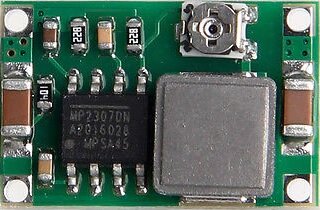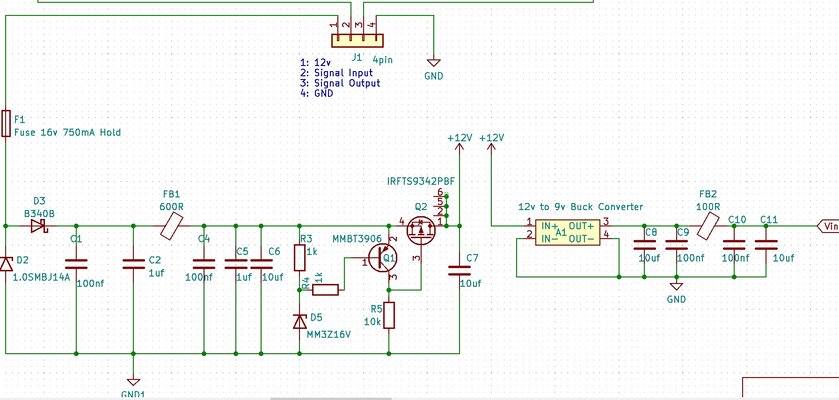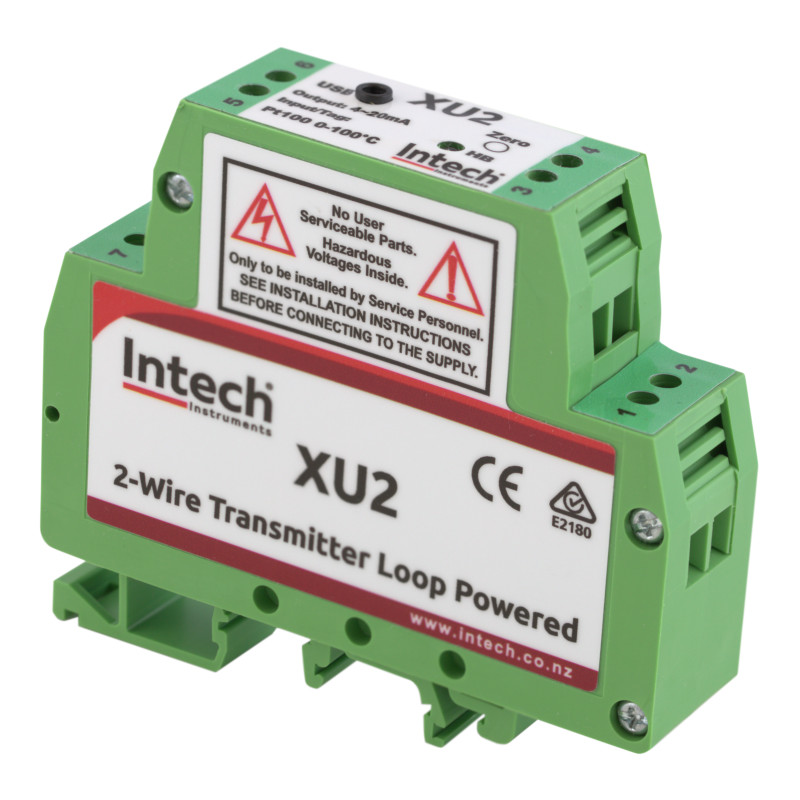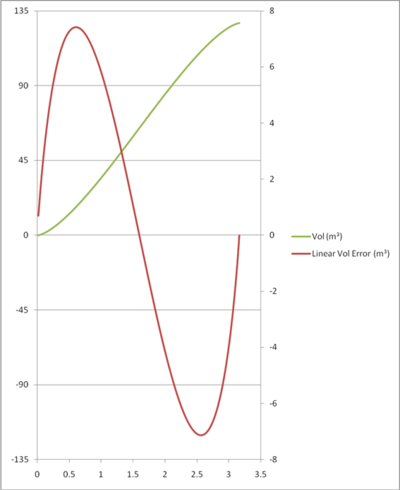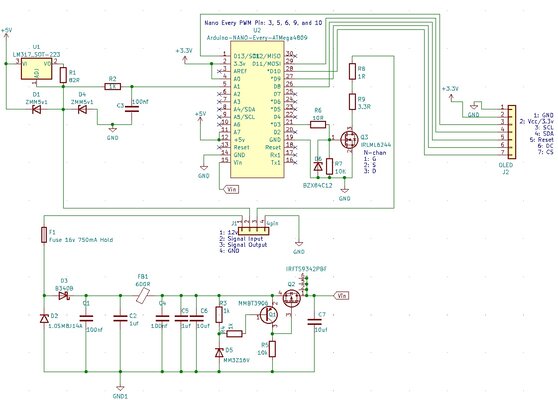- Location
- SA
- First Name
- Bill
- Drive
- 2000 Galant Type-V
1997 MK Triton GLS [6G74 conversion]
2019 i30 N-Line
I was actually asking for another project but thought it was relevant here. But its good to understand this stuff!
Is the zener after the current limiting resistor a valid design if the signal we wish to measure was the output of a 0-5v sensor such as oil pressure?
So no lm317, but sensors powered from same regulated rail as the mcu.
Is the zener after the current limiting resistor a valid design if the signal we wish to measure was the output of a 0-5v sensor such as oil pressure?
So no lm317, but sensors powered from same regulated rail as the mcu.

